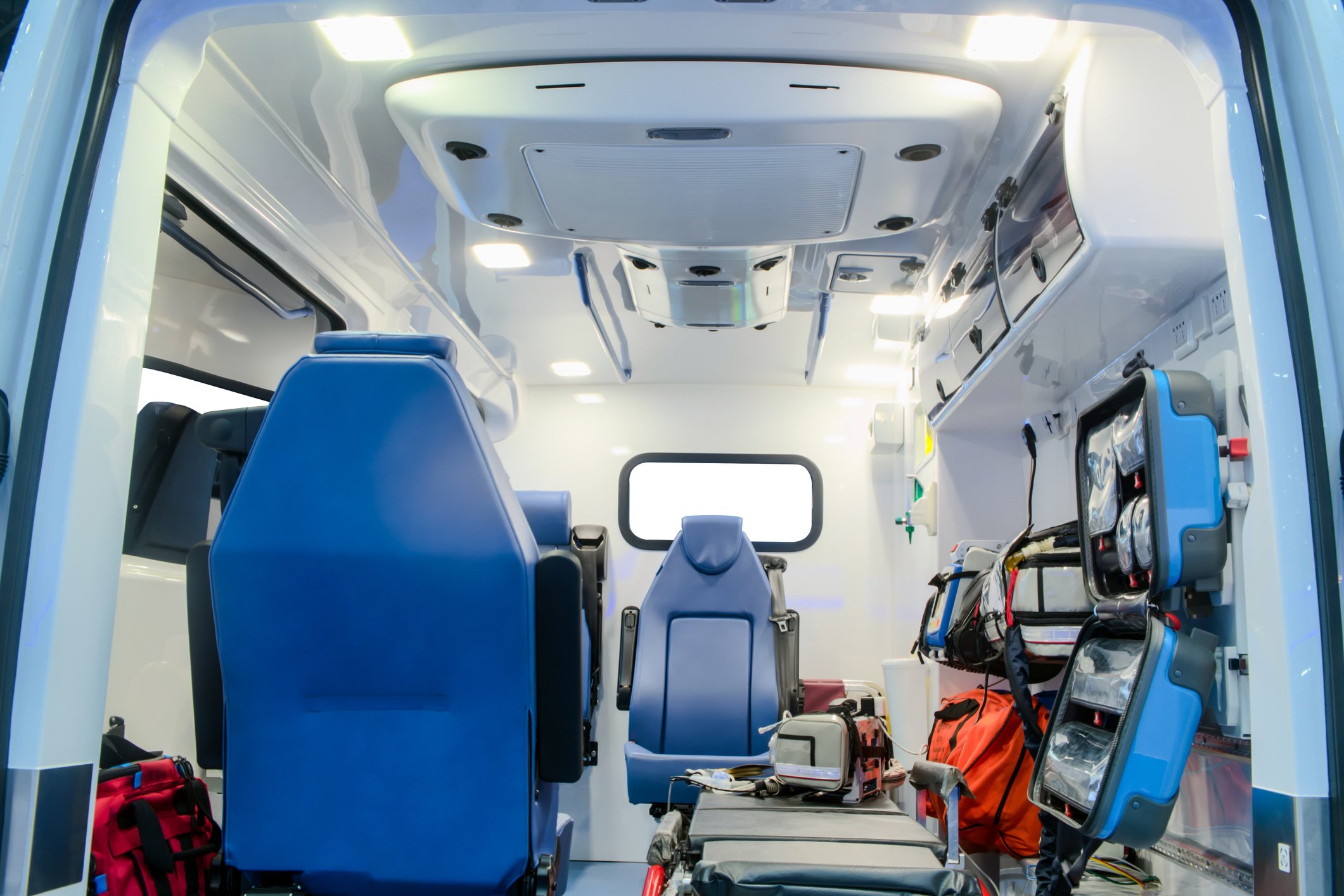
In 2018, Hurricane Michael required the evacuation of eight hospitals. Thanks to a thoughtful evacuation plan and quick action, no evacuees died. An emergency patient transport plan is critical to patient survival and can help preserve your organization’s reputation during a major crisis.
Hospitals are required to have emergency plans, so make sure yours is truly effective by following these steps.
Work with Other Network Hospitals
Your emergency plan should begin with a consultation with other hospitals in your network, especially if your network of providers extends across a state or large region. In the event of a natural disaster, you may be able to easily transport patients to an in-network hospital in a geographically distant area.
This strategy also ensures that your plan is comprehensive and provides for all the patients your network serves rather than just addressing the needs of a single hospital.
Reach Out to Other Providers
If you’re not part of a hospital network or there are no hospitals in your network that can take your patients, you must work with other hospitals. Develop a hierarchy of hospitals to call in the event of an emergency.
Never limit yourself to just one hospital, as you’ll need a series of backups in the event that there is crowding or other issues.
Identify Patient Need Classifications
In most cases, it won’t make sense to transport all of your patients to a single hospital. Patients with fewer needs can be transitioned to any hospital where they can get basic monitoring, but complex and medically fragile patients may need more specialized care systems.
Break your typical patient load into groups, then create a list of hospitals to take each group. Be aware of both your average and maximum patient population distribution, and ensure you have enough options for both.
Decide When and Whom to Evacuate
It may not be necessary, or even possible, to evacuate all of your patients. For example, a hospital that caters to patients with spinal cord injuries may be unable to transport the most vulnerable patients safely. Alternatively, you may be able to render some portions of your hospital safe. Some questions to ask as you develop your evacuation plan include:
- Can we do something to make some areas of our hospital safe (e.g., moving patients to higher floors during a flood)?
- Is there a group of patients we cannot safely evacuate? How do we protect them?
- Which patients should we evacuate first?
- How long will it likely take to evacuate all patients?
- If staffing shortages occur on evacuation day, will we need to evacuate fewer patients?
Practice the Plan With Staff
Having a good plan on paper is not sufficient. Inevitably, issues will arise during the evacuation that you might have never considered. Regular training sessions are key here. Ideally, you should practice the plan with your staff in a variety of contexts, including high-stress situations (e.g., with the lights turned out). The more practice your team gets, the better equipped they will be to handle the stress of transport during a crisis.
Have the Right Transport Equipment
The riskiest time during a disaster is when you transport patients. Unexpected delays, missing equipment, and the general chaos of a natural disaster can cause delays and leave your patients without the care they need. This is why it is important to have the right equipment on hand. Ideally, you should develop an emergency kit for each patient class, then pack an individual transport bag for each person you move.
In the event of an evacuation, portable suction can help you tend to any patients left behind if you lose power or access to wall-mounted units. Portable suction can also save lives, allowing you to intervene in respiratory emergencies quickly, tend to ventilated patients, manage sudden respiratory crises, and reduce the risk of aspiration. For assistance buying the right emergency equipment, download our free guide, The Ultimate Guide to Purchasing a Portable Emergency Suction Device.
Editor's Note: This blog was originally published in May, 2021. It has been re-published with additional up to date content.
















